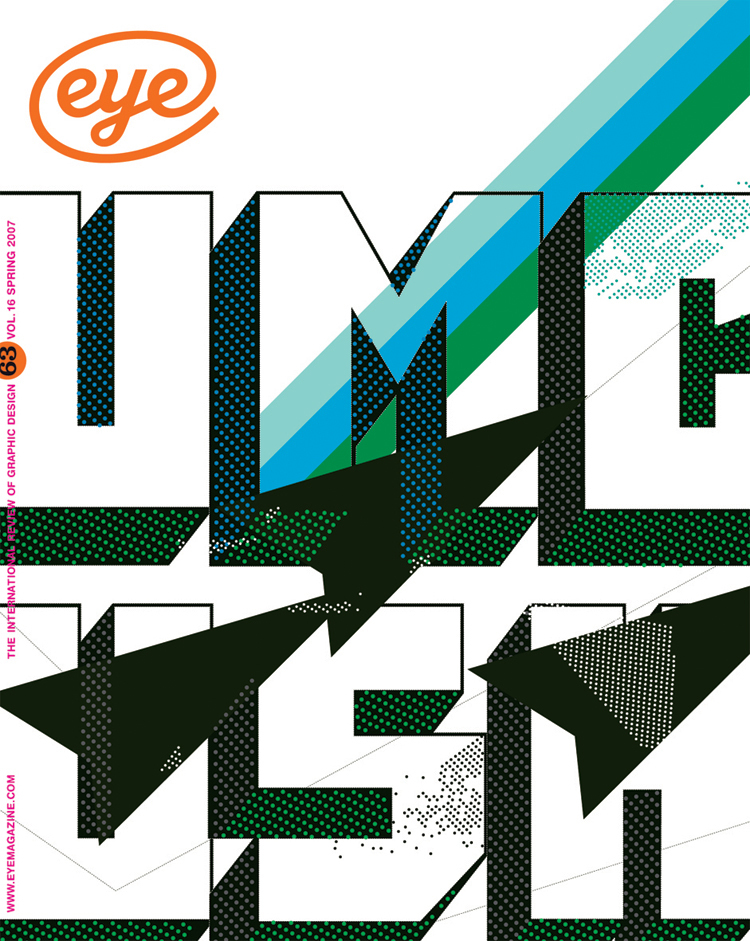Spring 2007
Down-to-earth Son Of A Windmill-builder
Paul Schuitema: Visual Organizer
By Dick Maan. Design by Huug Schipper. 010 Publishers, €39.50. Also available in Dutch and German‘Typo-photo’ was a term coined by Moholy-Nagy in 1925 to designate the striking montage of type and photography as practised by an international group of Constructivist artist-designers to achieve ‘the visually most exact rendering of communication’. The single most important representative of this technique in the Netherlands, besides Piet Zwart, was Paul Schuitema (1897–1973).
This long-awaited monograph is the first major book Dick Maan has published since Typo-foto (1990), co-authored with John van der Ree and one of the great lost books of Dutch design history. After its modest first run it had been internationally hailed as a long-due overview of a crucial Dutch contribution to international Modernism, but something happened that made a reprint impossible: the law firm representing the estate of Piet Zwart, one of the key figures discussed, demanded a large sum for uncleared copyright, exceeding any profit such a book could possibly make. The book is now virtually impossible to find.
Maan originally intended to write a booklet to accompany the re-release of Schuitema’s splendid tubular steel furniture (by the firm Dutch Originals), but a fruitful dialogue with the graphic designer Huug Schipper has led to a publication of a much wider scope, covering Schuitema’s surprisingly versatile oeuvre of graphic design, advertising, photography, cinema and furniture design.
Having been a student of Schuitema at the Royal Academy of Fine Arts in The Hague, where he taught from 1930 to 1962, Maan, who is now in his early seventies, has first-hand experience of the designer’s methods and theories as well as those of industrial designer Gerard Kiljan, Schuitema’s main collaborator at the Academy. Together, Kiljan and Schuitema had established a Bauhaus-like curriculum that was unique in the Netherlands and which many found somewhat intimidating. Along with Piet Zwart, they had rocked the Dutch design scene in the 1930s, writing passionate, jointly signed manifestos and creating cutting-edge design and photography.
In Paul Schuitema: Visual Organizer, Dick Maan has kept the theorising to a minimum, focusing instead on facts and historic correlations. Schuitema’s ideas are summarised in a series of informal quotes, mostly taken from period (pre-1940) articles, as well as a 1970 television interview and two unpublished memoirs. The concise text corresponds to Schuitema’s own workman-like, no-nonsense attitude (which you would expect from the son of a windmill-builder in the northern province of Groningen).
Though Mann is a kindred spirit, his text is not uncritical. Like many designers of his generation, Schuitema was an active member of socialist / Communist groups. He was part of the international progressive advertising designers’ circle Ring neuer Werbegestalter and contributed to the workers’ magazine Links Richten [‘Aim to the left’]. Yet during the same period, his most significant graphic work for was done for ‘capitalist’ firms such as P. van Berkel, a Rotterdam exporter of meat products and manufacturer of butchers’ equipment. There is a paradox here – and Maan does not pass over it in silence. He quotes from an article in Links Richten in which Schuitema sums up the tasks of ‘the proletarian photo correspondent’: ‘No romanticism, no art, only businesslike strongly suggestive propaganda, tactically oriented towards the class struggle, technically oriented towards the profession.’ This ‘piece of advice to the fighters’ prompts Maan to observe: ‘This notion was completely consistent with the way in which [Schuitema] supported the “class enemy” in his advertising work.’
In the book, the Schuitema quotes are printed in red, an obvious reference to the Constructivist idiom, which lends a lively but also somewhat self-conscious appearance to the text pages. I would not be surprised if this is a subtle commentary on Constructivist graphics – for, in spite of their repeated claim to objectivity and rejection of artistry, the movement’s champions did create a remarkably consistent aesthetics – a style.
Fortunately, the book’s designer, Huug Schipper, has otherwise refrained from Constructivist pastiche. There are no diagonal headlines, no superimposed text-image combinations. Instead, there is an undisturbed, rhythmically impeccable, stream of Schuitema photographs and designs, many of which have never been reproduced before. All in all, Paul Schuitema: Visual Organizer is as complete, lucid and down-to-earth an introduction to Schuitema’s work as he himself might have wished for.
Jan Middendorp, writer, editor, designer, Berlin
First published in Eye no. 63 vol. 16 2007
Eye is the world’s most beautiful and collectable graphic design journal, published for professional designers, students and anyone interested in critical, informed writing about graphic design and visual culture. It is available from all good design bookshops and online at the Eye shop, where you can buy subscriptions and single issues.

